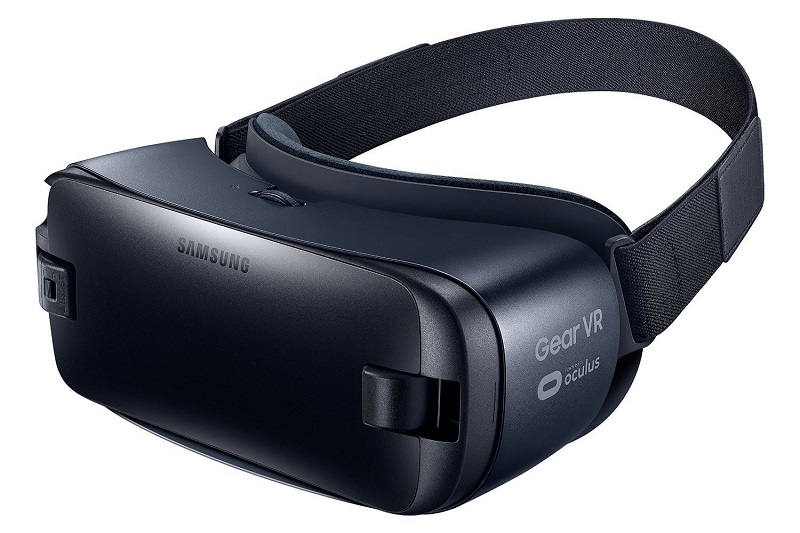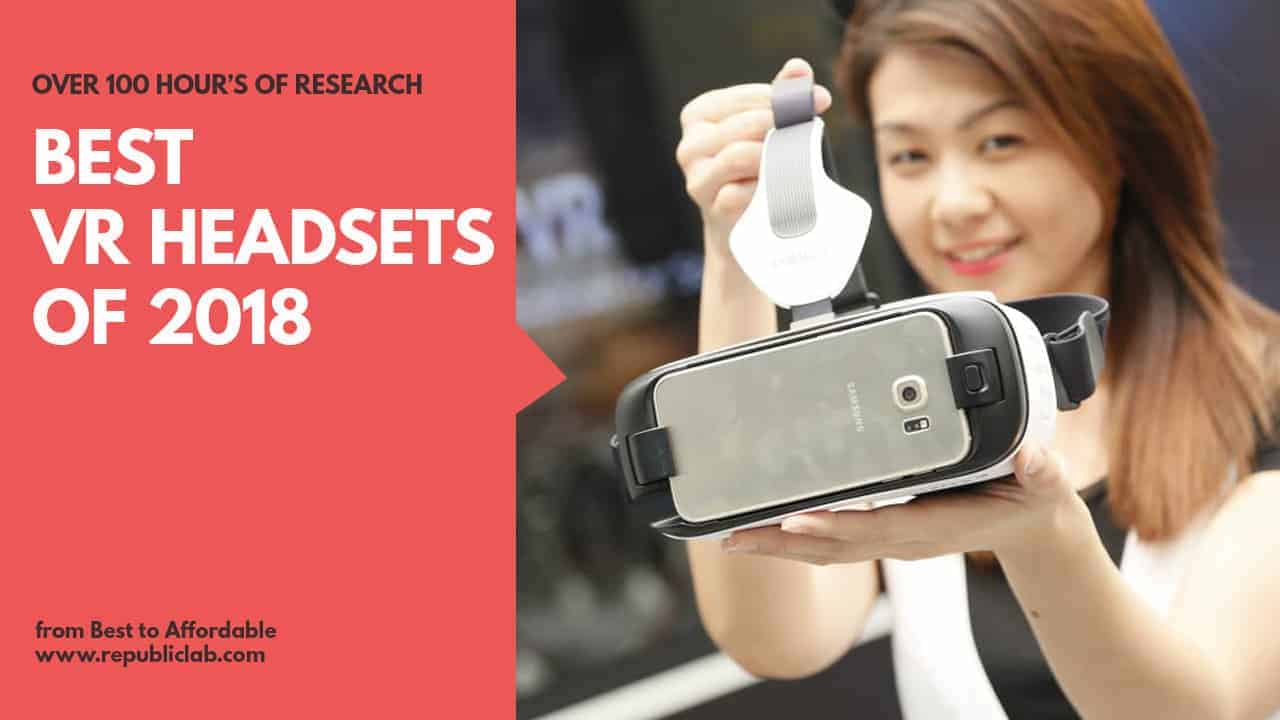
Like Facebook with Rift S, HTC opted to make its latest headset easier to use by ditching external tracking sensors for inside-out tracking. In 2019 HTC launched Vive Cosmos, its first true successor to the original Vive headset. But it’s also made for an awkward relationship between Valve and HTC who are now positioned more as competitors than partners. Still, Index is a hugely important headset because it acts as a high bar that future headsets can strive toward and demonstrates the continued existence of an enthusiast class of VR consumers who are willing to pay for a high-end VR experience. And while it’s a lovely headset once you’re inside, there’s no denying the significant $1,000 price tag and sub-par ease-of-use due to external tracking sensors and last-gen boundary setup. In our review we called Index “the enthusiast’s choice” thanks to category-leading visuals, ergonomics, and audio, as well as solid controllers. While the company had originally collaborated with HTC to create the Vive, this time around Valve opted to handle everything on their own. Valve Index Image courtesy ValveĪfter tons of speculation, Valve finally jumped into the VR headset space with its own first-party hardware in 2019.
#BEST VR HEADSET 2019 PC#
Thanks to the backing of a strong content library, Rift S packs a lot of value, making it easy to recommend as the best entry-level headset for PC VR.

On those fronts, Rift S seems to have largely succeeded its $400 launch price was half of the launch price of the original Rift with Touch controllers, and we certainly haven’t been missing the external sensors of the original since getting our hands on Rift S. In our review we found the headset to be a good choice for newcomers but a difficult pick for VR vets due to a handful of downgrades compared to the original Rift, but it was clear from the start that Facebook’s ultimate goal with the headset was to improve ease-of-use (by moving away from external tracking sensors) and cut costs. Oculus also launched Rift S in 2019, its second-ever tethered VR headset. On multiple occasions, Facebook has signaled that it’s been pleased with Quest’s sales traction, and the headset appears to be hogging most of the company’s VR focus. The headset’s ease-of-use, solid game library, and reasonable price has pushed it to become Oculus’ best rated headset on Amazon thus far.

And if you happen to have a gaming PC anyway, Quest also doubles as a PC VR headset.


#BEST VR HEADSET 2019 FULL#
We called it the “first great standalone VR headset” in our review, thanks to a reasonable $400 price point, full 6DOF tracking (which allows it to play games functionally on par with high-end VR headsets) and no PC required.Īs a standalone VR headset built on smartphone hardware, Quest can’t compete in the graphics department against high-end PC VR headsets, but there’s no question that it’s the class leader in ease-of-use (a place where tethered headsets are still struggling). Oculus Quest is surely the most important headset to launch in 2019. Here’s a look at the biggest headset launches of 2019 and what they’ve meant to the industry so far. Here’s an overview of the major happenings in VR over the last year, and a glimpse of what will come in 2020.ĥ Major New Headsets and What They Mean for the MarketĢ019 started out slow as the industry waited with bated breath for the launch of the latest wave of headsets, but things started heating up once they finally hit the market. After a slow start, 2019 rounded out to be an undeniably strong year for consumer VR, setting up a springboard into a big 2020.


 0 kommentar(er)
0 kommentar(er)
